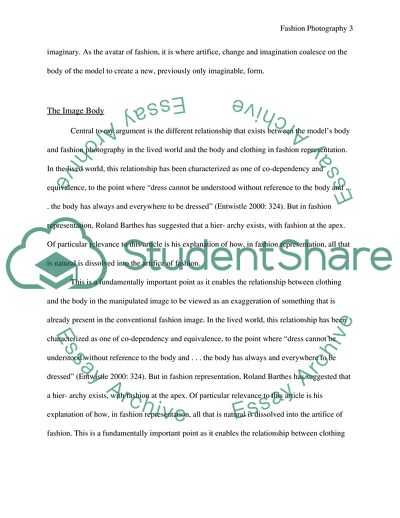Cite this document
(Body and Fahsion Photography Essay Example | Topics and Well Written Essays - 3249 words - 1, n.d.)
Body and Fahsion Photography Essay Example | Topics and Well Written Essays - 3249 words - 1. Retrieved from https://studentshare.org/performing-arts/1710267-body-and-fahsion-photography
Body and Fahsion Photography Essay Example | Topics and Well Written Essays - 3249 words - 1. Retrieved from https://studentshare.org/performing-arts/1710267-body-and-fahsion-photography
(Body and Fahsion Photography Essay Example | Topics and Well Written Essays - 3249 Words - 1)
Body and Fahsion Photography Essay Example | Topics and Well Written Essays - 3249 Words - 1. https://studentshare.org/performing-arts/1710267-body-and-fahsion-photography.
Body and Fahsion Photography Essay Example | Topics and Well Written Essays - 3249 Words - 1. https://studentshare.org/performing-arts/1710267-body-and-fahsion-photography.
“Body and Fahsion Photography Essay Example | Topics and Well Written Essays - 3249 Words - 1”, n.d. https://studentshare.org/performing-arts/1710267-body-and-fahsion-photography.


